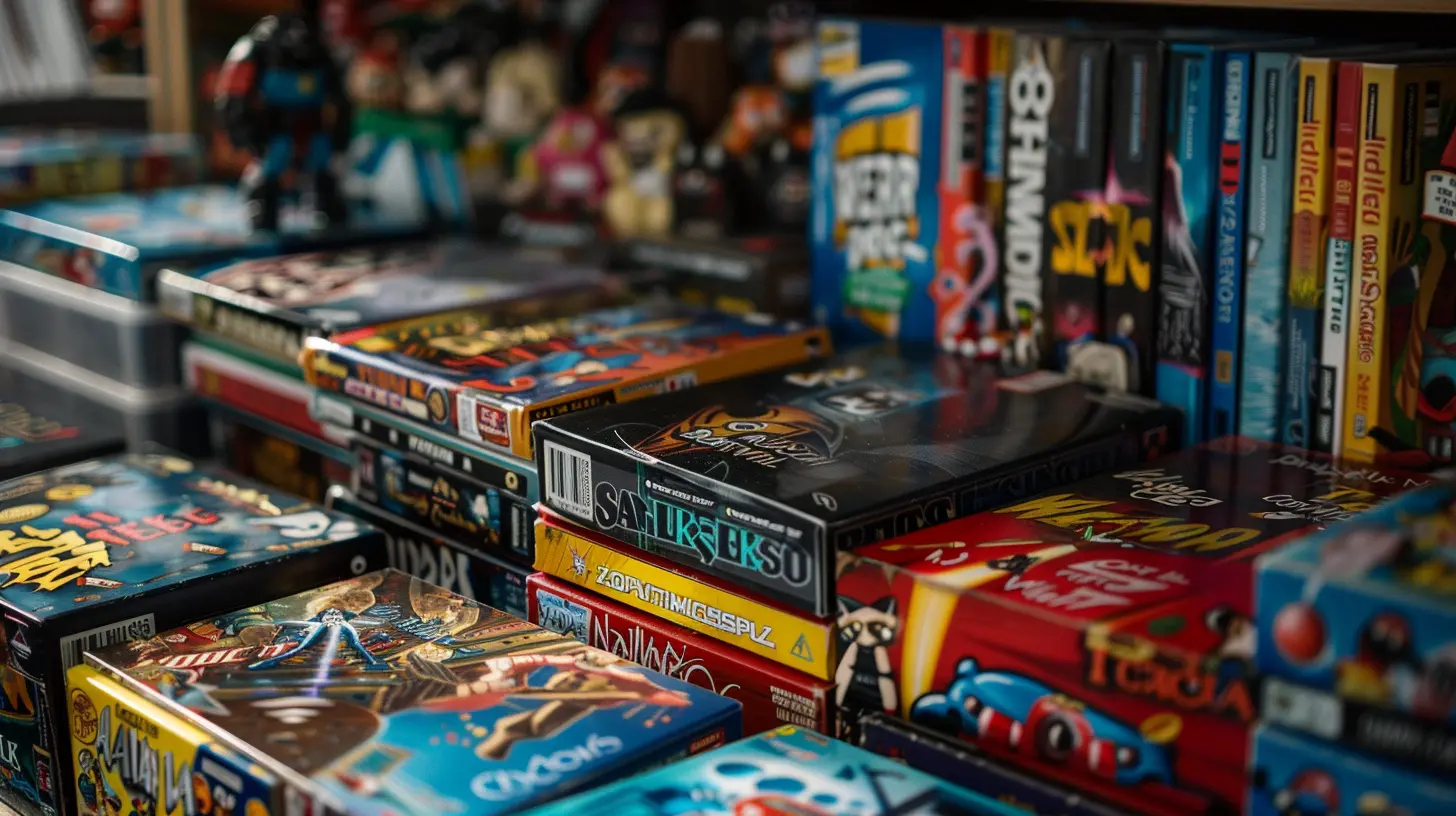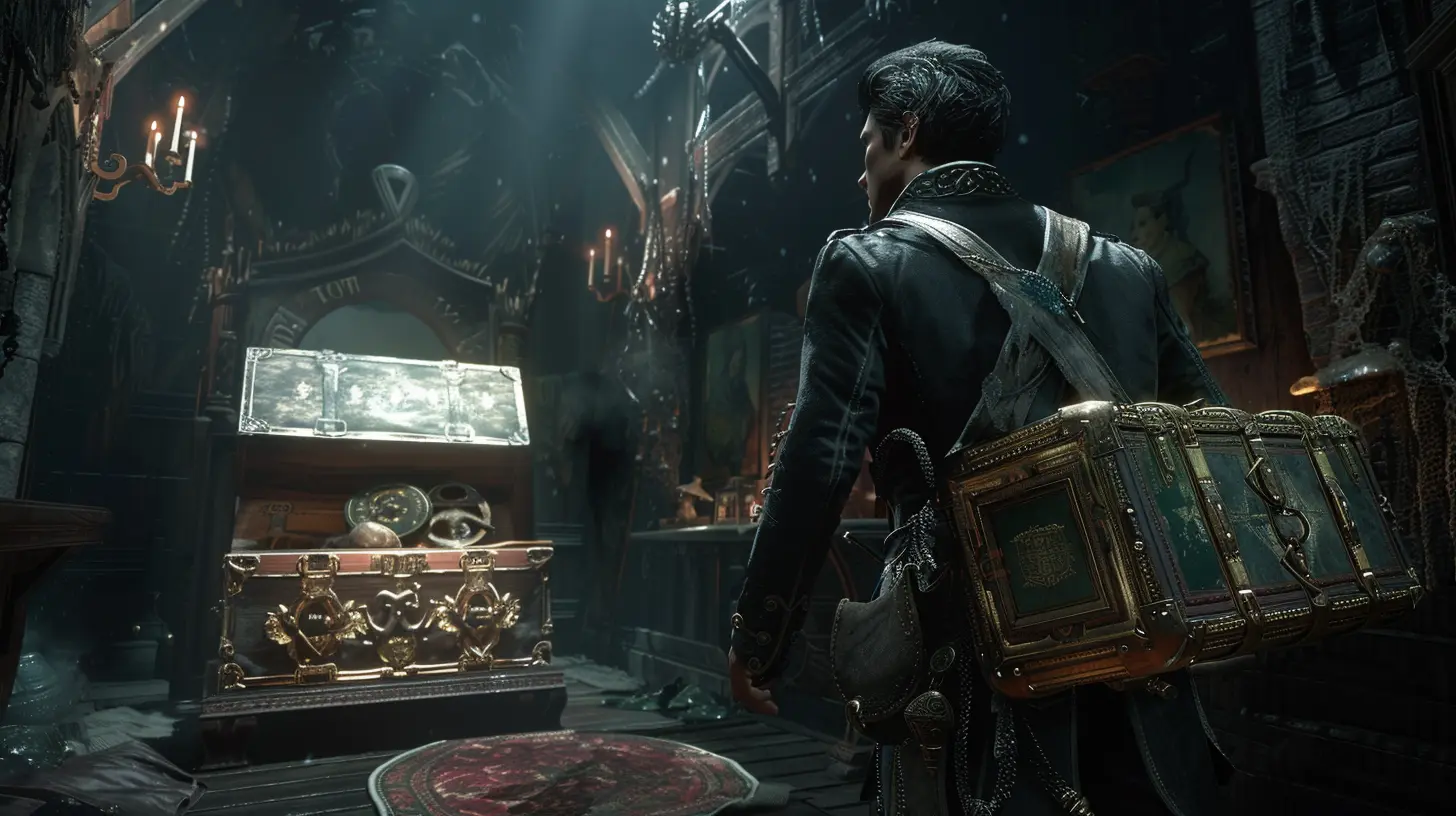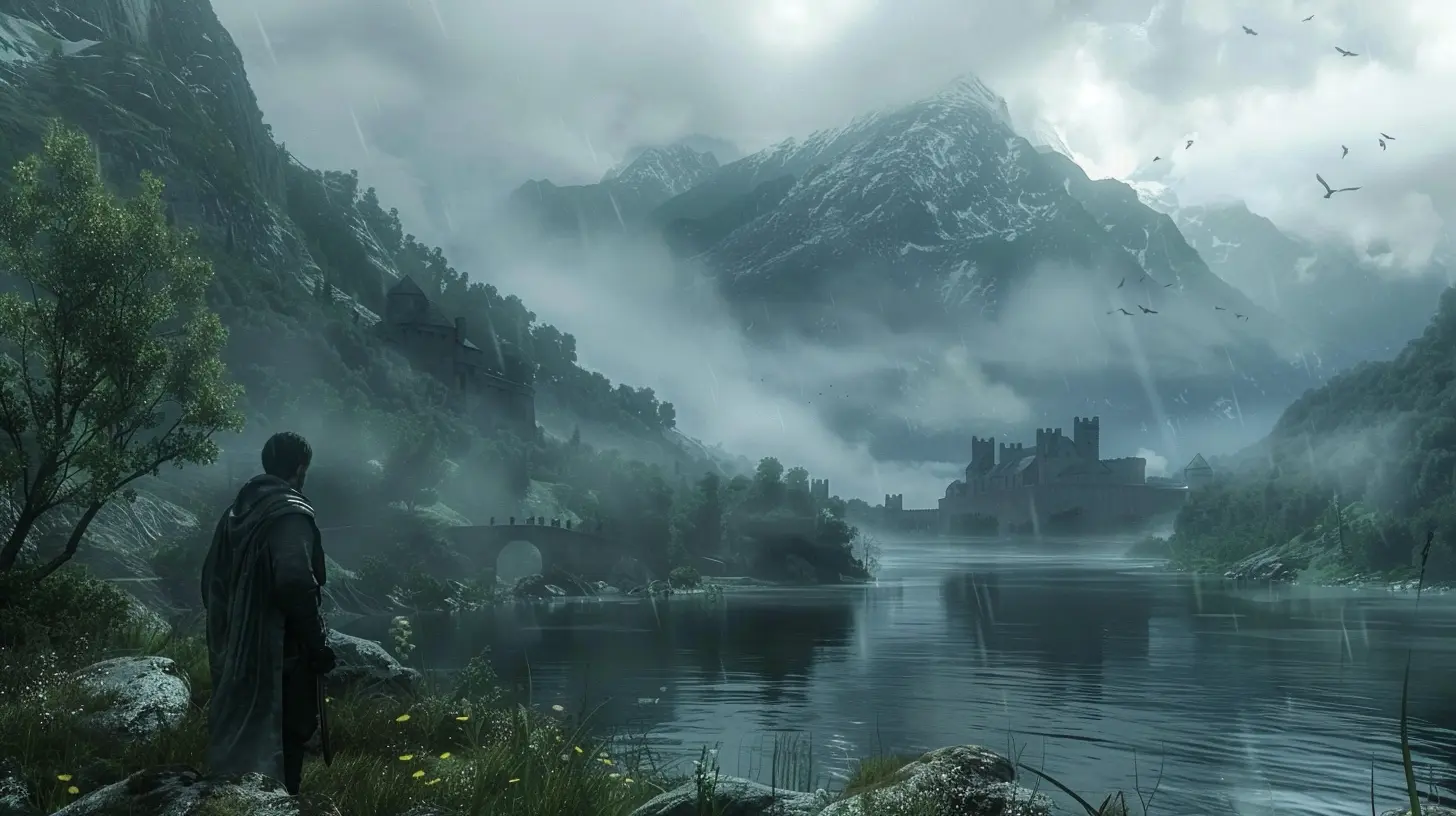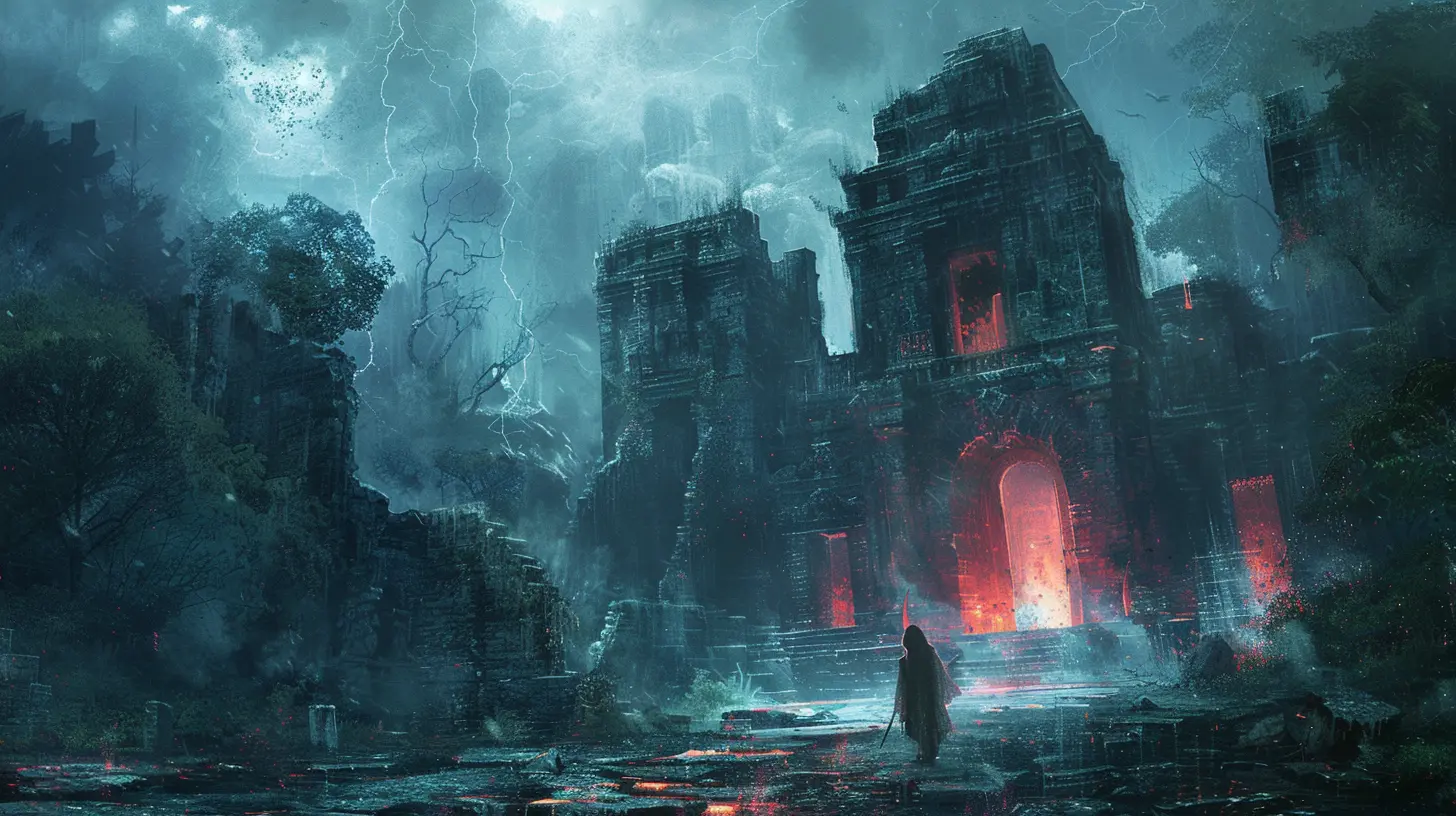Unpacking the First Half-Hour: Is It Enough to Keep Playing?
28 August 2025
You've just fired up a new game. The title screen fades, the music swells, and you're thrust into a brand-new world. Exciting, right? But let’s pause for a minute—how long does it take for a game to grab your attention? Is the first half-hour enough to decide whether it’s worth your time, or should you stick it out and see if things get better? This predicament isn't new, and it’s one that every gamer has faced at some point.
In this article, we’re diving deep into the significance of that crucial first 30 minutes. Let’s break it down, understand why that first impression matters so much, and whether it’s fair to judge an entire game based on such a short window. Ready? Let’s jump in.
First Impressions: Why the Clock's Already Ticking
When it comes to video games, first impressions are everything. Think about it—when you start a game, the opening act sets the tone for what’s to come. The problem? Games, like books or movies, don’t always reveal their best cards upfront.But in an era where our attention spans are shrinking faster than health points in a boss fight, developers have little room for error. Gamers, myself included, sometimes treat the first half-hour like a demo reel. If nothing clicks, we’re out. Sounds harsh, right? But when there’s a backlog of 50+ unplayed titles sitting in your library, can you really blame anyone for being picky?
The Anatomy of the First 30 Minutes
What actually makes or breaks a game in those first 30 minutes? Let’s unpack the key ingredients:1. Story Hooks (Or Lack Thereof)
Does the game throw you into the thick of it, or does it drip-feed you context? Games like The Last of Us or Red Dead Redemption 2 prove that a gut-punch opening scene can reel players in emotionally. But not all games nail this. Some titles meander with excessive tutorials or lore dumps, and by the time things heat up, you’ve already mentally checked out.2. Gameplay Mechanics: Fun vs. Frustration
No one wants to spend their first 30 minutes learning overly complicated controls or getting lost in convoluted menus. The most memorable games strike a balance—offering just enough guidance to ease you in while letting you actually play. Ever rage-quit a game before you could even figure out how to dodge an attack? Yeah, same.3. Visual and Audio Appeal
Let’s not kid ourselves—graphics matter. So do soundtracks. The first moments of a game are like walking into a fancy restaurant. If the ambiance is off, you’re skeptical before you’ve even taken your seat. A killer art style or an earworm of a theme song can work wonders to make you stick around.4. A Sense of Progression
Here’s the thing: gamers love feeling accomplished, even in small doses. Whether it's leveling up, unlocking a cool weapon, or beating a mini-boss, the first half-hour should give you at least one "aha!" moment that makes you want to push forward.
Why Some Games Are Slow Burns
Of course, not every game explodes out of the gate like DOOM Eternal. Some slow-burn titles ask you to be patient, promising deeper rewards if you give them time. Take The Witcher 3: Wild Hunt, for example. The opening hours might feel sluggish, but once the narrative pieces fall into place, you’re sucked in for the long haul.The question is—how do you differentiate a slow burn worth sticking with from a game that's just plain slow? Here's where things get tricky. If the first half-hour feels like a chore and there’s nothing compelling pulling you forward, it’s an uphill battle for any game to change your mind.
Are We Expecting Too Much?
It’s easy to demand instant gratification, but maybe we, as gamers, need to cut games some slack. After all, creating a game is no small feat—it’s an intricate balancing act between storytelling, mechanics, and player engagement. No wonder some developers struggle to nail the opening.Some games deliberately opt for a gradual pace. They’re like that quiet friend who doesn’t start to open up until the third or fourth conversation. Does that make them less valuable? Not necessarily. But when you’ve got limited gaming hours, it’s understandable why you’d lean toward more “love-at-first-play” experiences.
What’s Your Gamer Personality?
Here’s a fun thought experiment. Are you the kind of gamer who gives every title a fair shake, or do you have a habit of dropping games at the first sign of boredom? Let’s explore a couple of gamer archetypes:- The Speed Dater: You have no patience for games that take their sweet time. If it doesn’t hook you in the first half-hour, it’s getting uninstalled faster than a glitchy patch update.
- The Loyalist: You’re willing to invest hours—sometimes dozens—because you believe every game deserves a fair shot. You’ve probably got a soft spot for games with a slow build.
- The Fence-Sitter: You’re somewhere in the middle. You’ll give a game a chance, but once your gut tells you it’s not worth it, you’re out.
Where do you fall? And does it shape the way you approach those vital first moments of a game?
Tips for Making the First Half-Hour Count
Whether you’re a gamer or a developer, here are some tips to get the most out of that critical opening window:For Gamers:
1. Be Patient: Some games take time to shine. Don’t be too quick to judge—give it an hour if you can.2. Set the Mood: Play when you’re relaxed and have the mental space to absorb the game’s opening beats.
3. Check Reviews: Look up player feedback—if multiple people say, “It gets better after the first hour,” maybe it’s worth sticking around.
For Developers:
1. Skip the Hand-Holding: Balance tutorials with actual gameplay—players don’t want to watch an hour-long cutscene explaining combat.2. Create a Memorable Moment: Whether it’s an epic sequence or a clever twist, give players something unforgettable right off the bat.
3. Respect Player Time: Assume your audience is busy—hook them quickly, or risk losing them.
So… Is the First Half-Hour Enough?
Here’s the honest answer: it depends. For some games, 30 minutes is all they need to prove their worth (Hades, anyone?). For others, it’s just the tip of the iceberg. Judging an entire game based on such a short snapshot might feel unfair, but it’s the reality of how many of us play these days.The best advice? Trust your gut. If you’re not feeling it, move on—there are too many great games out there to waste time on something you don’t enjoy. But if something about the game’s world, mechanics, or story seems promising, dig a little deeper. Sometimes, the best experiences come when we least expect them.
all images in this post were generated using AI tools
Category:
First ImpressionsAuthor:

Tina Fisher
Discussion
rate this article
1 comments
Lisa Patel
This article raises some intriguing questions about player engagement in the first half-hour! It’s fascinating to explore how initial experiences shape our commitment to a game. I’m curious to see how different genres handle this crucial introduction!
September 1, 2025 at 2:24 AM

Tina Fisher
Thank you for your thoughtful comment! I completely agree that those initial moments are critical for player engagement, and it’s fascinating to see how various genres approach this challenge.


